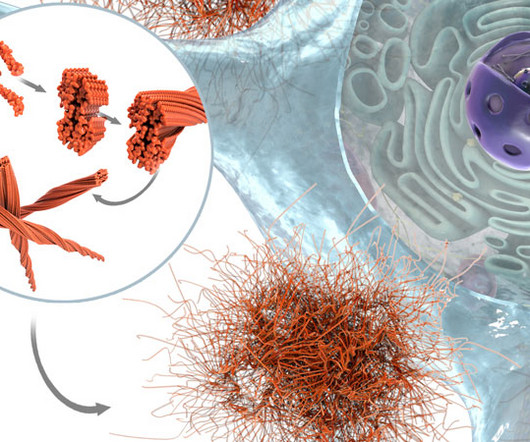Gulf War Illness: How can disease modelling aid the search for a cure?
pharmaphorum
OCTOBER 6, 2022
Not only does the appearance of a common symptom – such as a fever, for example – lead to potential misdiagnoses, but it can also lead to clinicians choosing ineffective therapies that treat symptoms, rather than the true cause of a disease. Tinker, tailor, soldier, therapy.












Let's personalize your content